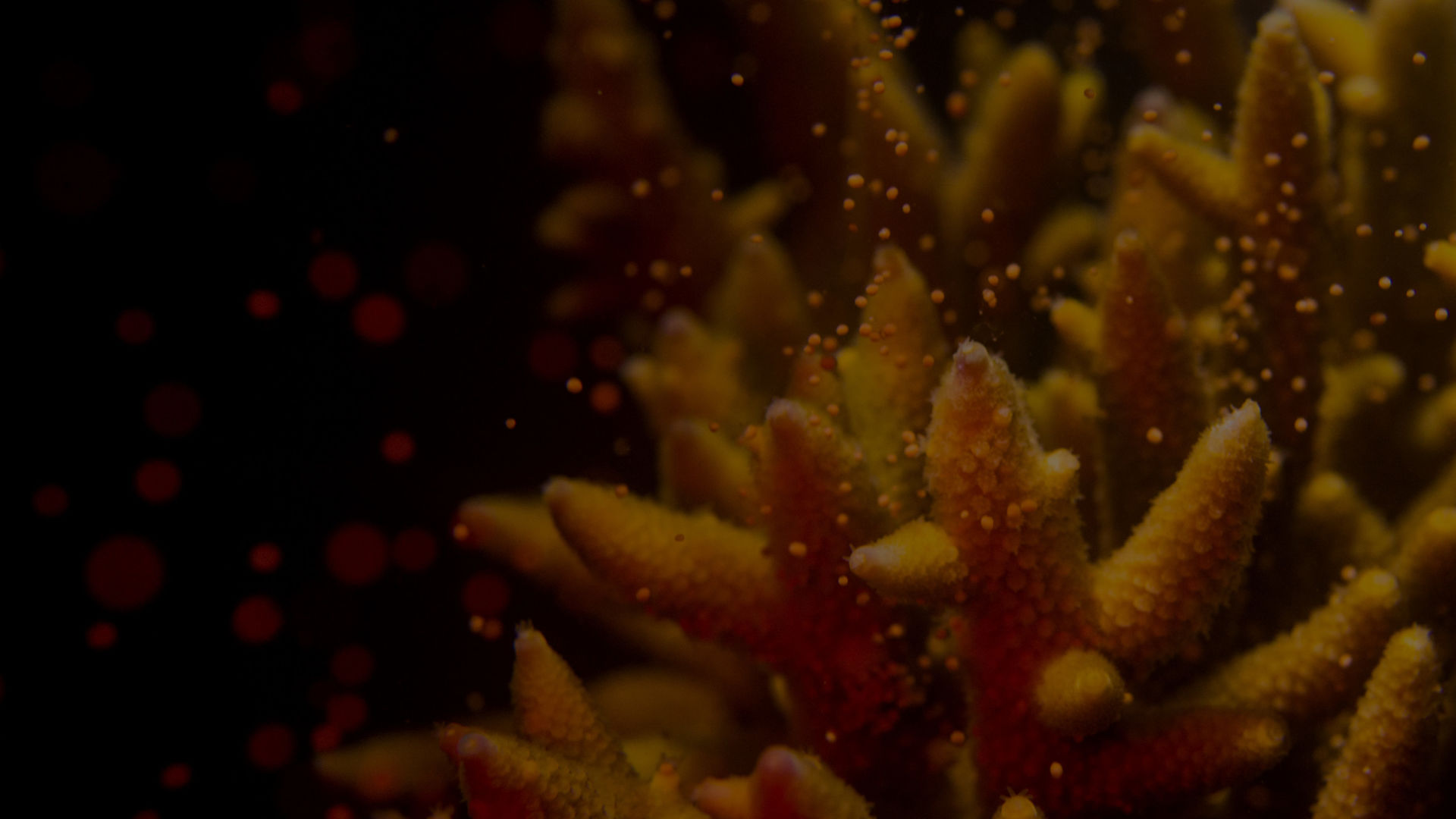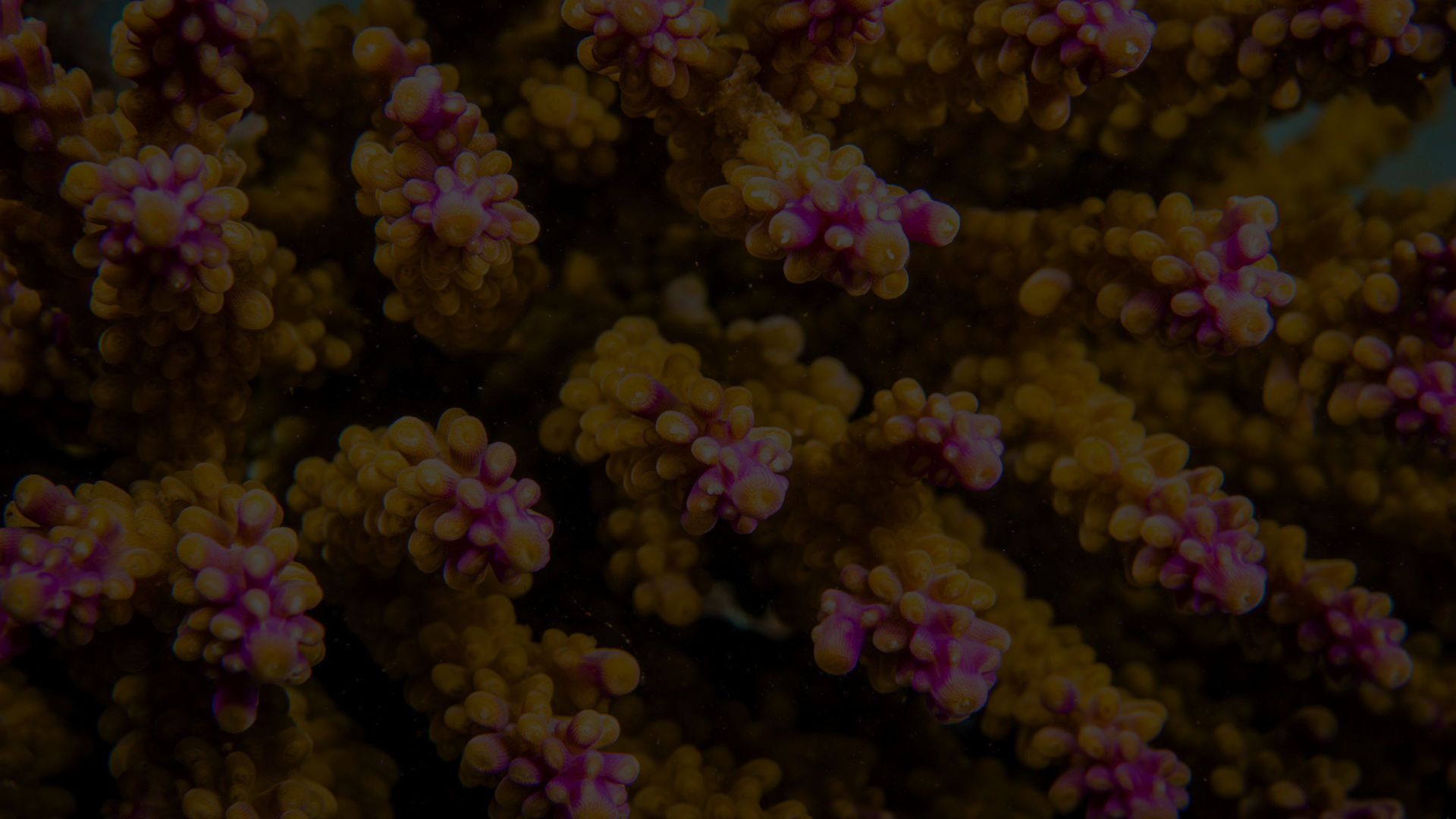News ·
Great Barrier Reef faces most widespread bleaching on record
New aerial survey results have revealed widespread bleaching on the Great Barrier Reef. The impact of the third mass bleaching in five years – the most widespread ever witnessed – is of enormous concern, but there is still hope for the Reef.

“Our Reef is an incredibly important and unique ecosystem. There is no doubt that it has been damaged by this event, but it can still recover,” says the Foundation’s Managing Director Anna Marsden.
Ms Marsden encouraged everyone to remain hopeful for the Reef’s future, and to see the bleaching event as a clear sign the Great Barrier Reef is calling for urgent help and for us to do everything we can.
“The Reef needs our help and it needs it urgently. This is a call to action.”
The Foundation has more than 60 projects in action across the Reef right now, focussed on immediate response in assessing the health of the Reef, promoting recovery of reefs and the marine animals that depend on them, while building the resilience of these ecosystems, helping them adapt to changing conditions. More critical projects will be introduced over the coming months to deliver more much- needed help for the Reef.
While we’ve seen severe bleaching on around a quarter of the 1000-plus reefs surveyed, the signs of hope are still there. Offshore reefs have largely weathered one of the hottest summers on record, and most major tourism areas of the Reef also escaped severe bleaching.
About 40% of reefs had no or little bleaching and 35% had only moderate bleaching.
In its final weekly Reef health update for the season, our partner the Great Barrier Reef Marine Park Authority reports that while some reefs have severely bleached for the first time, water temperatures have returned to normal which means welcome relief from heat stress for our Reef’s corals.
Great Barrier Reef Foundation Chief Scientist Prof. Peter Mumby recently visited Agincourt Reef near Cairns to view the situation firsthand.
“This bleaching event was particularly extensive, affirmed in reports from the aerial reconnaissance conducted by the Great Barrier Reef Marine Park Authority and James Cook University,” Prof. Mumby said.
“Yet like every bleaching event, it is patchy with large areas being unaffected, especially in offshore locations and those associated with most of the tourism activities.
“On my recent trip to Agincourt Reef I witnessed very limited bleaching.”

#Can the Reef recover?
The experience of past bleaching events shows that many corals can recover and survive.
“This patchiness is important because many of the less affected or unaffected reefs will supply new coral eggs to help damaged reefs recover,” Prof. Mumby said.
“This bleaching event has been relatively short-lived and many of the corals showing bleaching symptoms are likely to recover.
“I would expect a picture of fair recovery in the less heavily bleached areas and prepare for more severe coral loss in the bleaching hotspots.”
#‘Hubs’ of coral recovery
There’s an important job to be done to ensure the Reef’s surviving corals stay healthy.
It’s vital to act now and do everything possible to reduce the other pressures on our Reef so these healthy coral ‘hubs’ can also help rebuild the damaged areas.
“Scientists like me will be working with reef managers and tourism operators to help prioritise management activities, such as crown-of-thorns starfish control, so that they help mitigate the impacts of bleaching,” Prof. Mumby said.
“The task here is to ensure that the ‘hubs’ of coral recovery are kept open.
“Damaged reefs are replenished by the arrival of fertilised coral eggs from healthier reefs upstream.
“Reef hubs are exceptionally important in that ocean currents transport their eggs to many other reefs.
“It’s important to reduce any other pressures on the corals of reef hubs so that they can continue to rescue damaged reefs elsewhere.
“While there are signs of hope following this third major bleaching of the Reef in five years, as I’ve said before the pace at which bleaching events are now occurring on the Reef is a matter of huge concern. It clearly highlights the importance of transitioning rapidly to a low carbon economy.”
#Reef health update
The Marine Park Authority’s Reef health reports will now be published monthly.

#Our involvement and response
As the action station for the Reef, we’re working every day to save our unique icon and its wildlife for future generations. That means working with our partners and supporters to respond to this bleaching situation. We’re providing support in three key areas, focussing on response, recovery and resilience.
#1. Response
By better assessing the damage to the Reef and boosting support for our scientists and rangers, we’re determined to have as much impact as possible while this event unfolds:
Helping more rangers, including Indigenous rangers, get into the water to monitor coral health.
Providing the specialised tools and equipment our rangers and scientists need for accurate surveillance and virtual mapping of Reef conditions including underwater drones.
Enhancing the capabilities of our ‘eReefs’ monitoring program, a vital tool used by first responders in monitoring the extent and range of bleaching, including the Bureau of Meteorology-hosted ReefTemp which tracks ‘degree heating days’ and sea surface temperatures.
#2. Recovery
We’re protecting surviving coral reefs and the marine life that depend on them, while giving them the best chance of staying healthy:
Controlling crown-of-thorns starfish outbreaks by working with the Marine Park Authority to deliver a targeted COTS control program.
Activating citizen scientists to promote active recovery in areas like Magnetic Island removing damaging algae.
Promoting new coral growth with coral IVF.
#3. Resilience
We’re building the resilience of coral reef ecosystems and helping them adapt to changing conditions:
Protecting and restoring critical reef islands, like the Whitsundays and Lady Elliot Island in the southern Great Barrier Reef. Restoring landscapes, reducing erosion and stopping pollutants from reaching the Reef at the source through water quality improvement projects across the Reef catchment.
Pioneering new restoration and adaptation solutions to help build the Reef’s ability to bounce back from the growing combination of threats.




